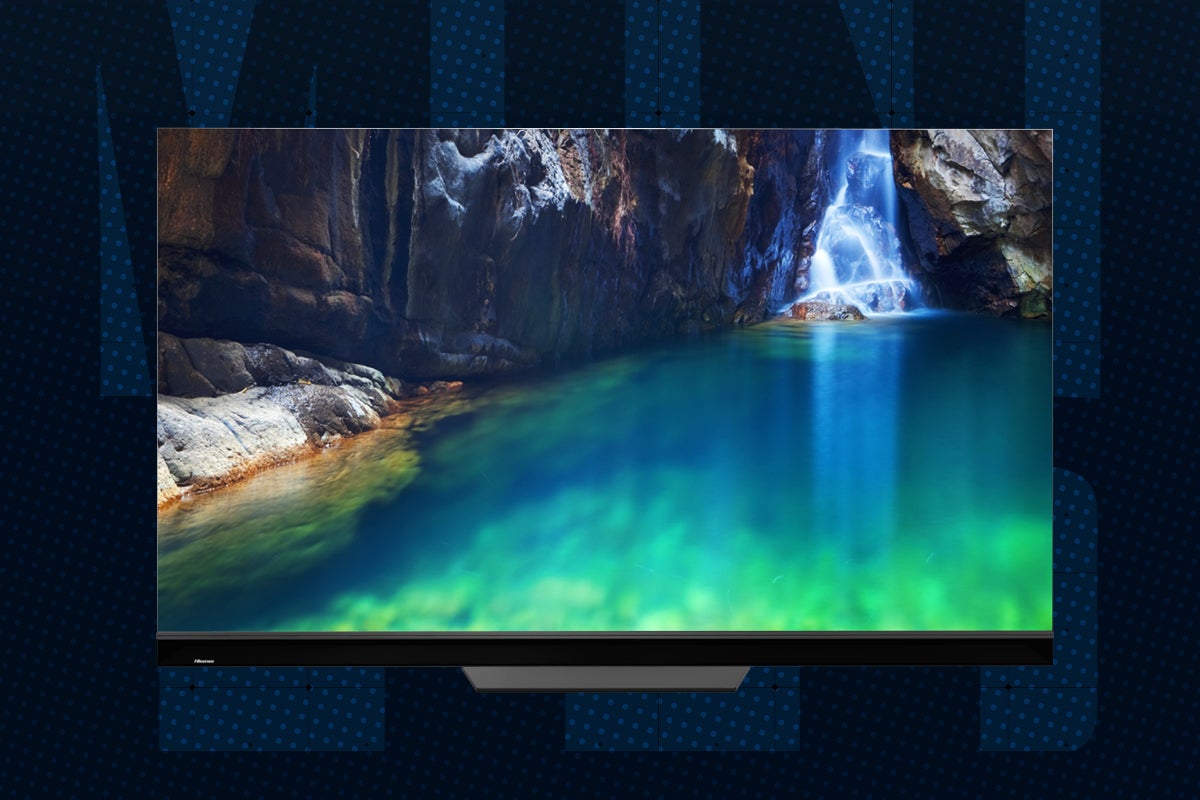OLED vs LED LCD: what’s the best display tech?
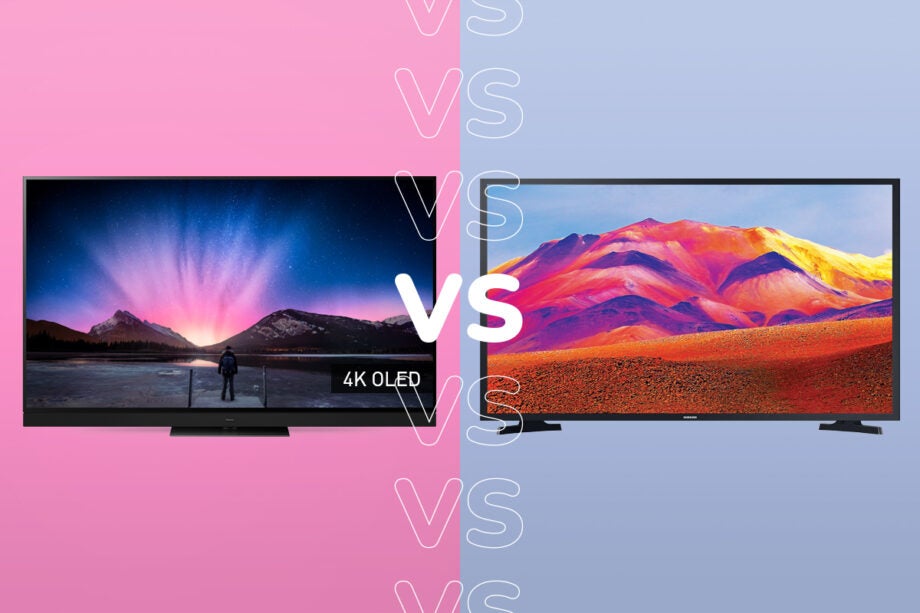
For all the new technologies that have come our way in recent times, it’s worth taking a minute to consider an old battle going on between two display types. Two display types that can be found across monitors, TVs, mobile phones, cameras and pretty much any other device that has a screen.
In one corner is LED (light-emitting diode). It’s the most common type of display on the market, however, it might be unfamiliar because there’s slight labelling confusion with LCD (liquid crystal display).
For display purposes the two are the same, and if you see a TV or smartphone that states it has an ‘LED’ screen, it’s an LCD. The LED part just refers to the lighting source, not the display itself.
In the other corner is OLED (organic light-emitting diode), used in high-end flagship phones as well as TVs
Is OLED that much better than a good LCD display? We reveal how the two display technologies differ, what they’re good for, and how they work.
How do they differ?
In a nutshell, LED LCD screens use a backlight to illuminate their pixels, while OLED’s pixels produce their own light. You might hear OLED’s pixels called ‘self-emissive’, while LCD tech is ‘transmissive’.
The light of an OLED display can be controlled on a pixel-by-pixel basis. This sort of dexterity isn’t possible with an LED LCD – but there are drawbacks to this approach, which we’ll come to later.
In cheaper TVs and LCD-screen phones, LED LCD displays tend to use ‘edge lighting’, where LEDs sit to the side of the display, not behind it. The light from these LEDs is fired through a matrix that feeds it through the red, green and blue pixels and into our eyes.
Brightness
LED LCD screens can go brighter than OLED. That’s a big deal in the TV world, but even more so for smartphones, which are often used outdoors and in bright sunlight.

Brightness is generally measured as ‘nits’ – roughly the light of a candle per square metre. Brightness is important when viewing content in ambient light or sunlight, but also for high dynamic range video. This applies more to TVs, but phones boast credible video performance, and so it matters in that market too. The higher the level of brightness, the greater the visual impact.
LED LCD wins
Contrast
Take an LCD screen into a darkened room and you may notice that parts of a purely black image aren’t black, because you can still see the backlighting (or edge lighting) showing through.
Being able to see unwanted backlighting affects a display’s contrast, which is the difference between its brightest highlights and its darkest shadows.
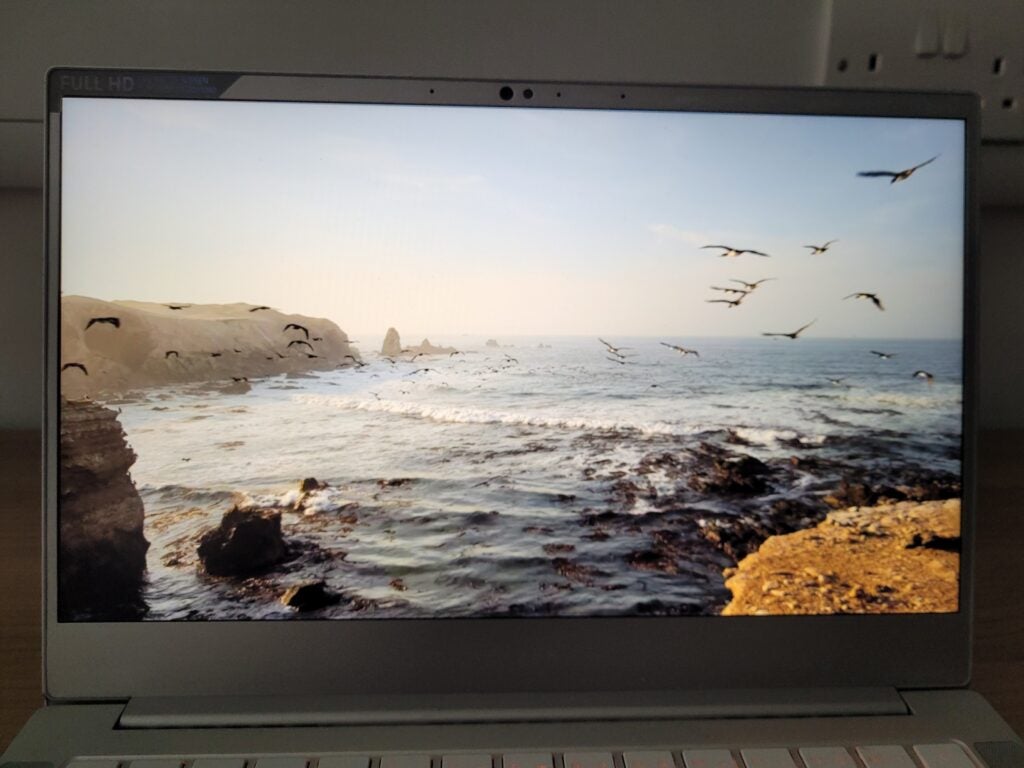
You’ll often see a contrast ratio quoted in a product’s specification, particularly when it comes to TVs and monitors. This tells you how much brighter a display’s whites are compared to its blacks. A decent LCD screen might have a contrast ratio of 1,000:1, which means the whites are a thousand times brighter than the blacks.
Contrast on an OLED display is far higher. When an OLED screen goes black, its pixels produce no light whatsoever. That means an infinite contrast ratio, although how great it looks will depend on how bright the screen can go. In general, OLED screens are best suited for use in darker rooms, and this is certainly the case where TVs are concerned.
OLED wins
Viewing Angles
OLED panels enjoy excellent viewing angles, primarily because the technology is so thin, and the pixels are so close to the surface. You can walk around an OLED TV or spread out in different spots in your living room, and you won’t lose out on contrast. For phones, viewing angles are extra important because you don’t tend to hold your hand perfectly parallel to your face.
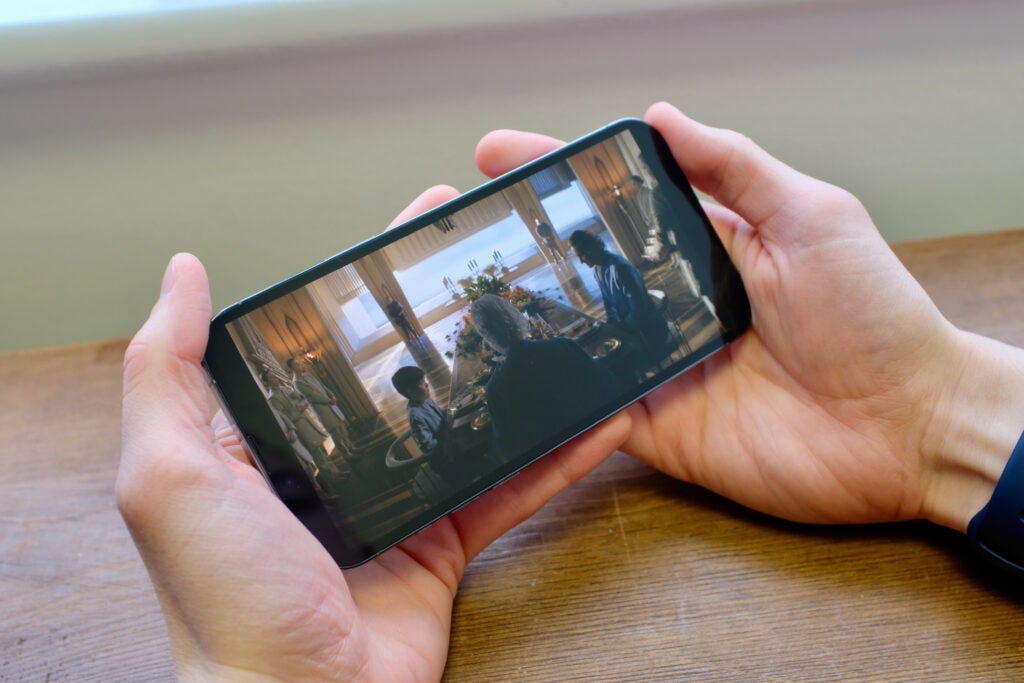
Viewing angles are generally worse in LCDs, but this varies hugely depending on the display technology used. And there are lots of different kinds of LCD panel.
Perhaps the most basic is twisted nematic (TN). This is the type used in budget computer monitors, cheaper laptops, and very low-cost phones, and it offers poor angled viewing. If you’ve ever noticed that your computer screen looks all shadowy from a certain angle, it’s more than likely it uses a twisted nematic panel.
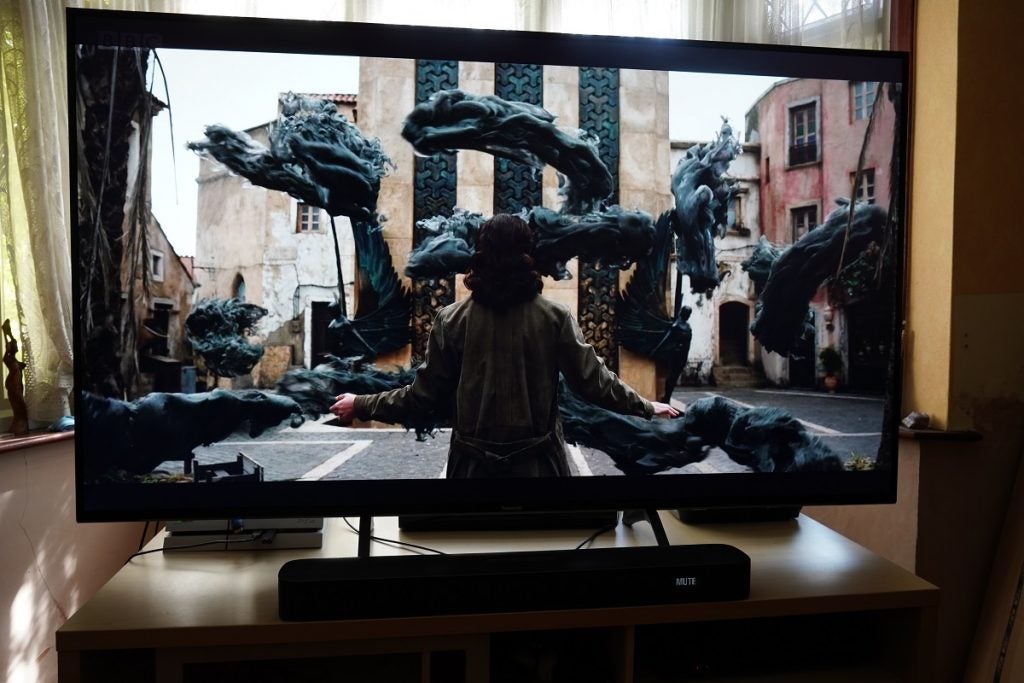
Thankfully, a lot of LCD devices use IPS panels these days. This stands for ‘in-plane switching’ and it generally provides better colour performance and dramatically improved viewing angles.
IPS is used in most smartphones and tablets, plenty of computer monitors and lots of TVs. It’s important to note that IPS and LED LCD aren’t mutually exclusive; it’s just another bit of jargon to tack on. Beware of the marketing blurb and head straight to the spec sheet.
OLED wins
Colour
The latest LCD screens can produce fantastic natural-looking colours. However, as is the case with viewing angles, it depends on the specific technology used.
IPS and VA (vertical alignment) screens offer great colour accuracy when properly calibrated, whilst TN screens can often look weak or washed-out.

OLED’s colours have fewer issues with pop and vibrancy, but early OLED TVs and phones had problems reining in colours and keeping them realistic. These days, the situation is better, Panasonic’s flagship OLEDs are used in the grading of Hollywood films.
Where OLED struggles is in colour volume. That is, bright scenes may challenge an OLED panel’s ability to maintain levels of colour saturation. It’s a weakness that LCD-favouring manufacturers enjoy pointing out.
LED LCD wins
What is the future for LCD and OLED?
Display makers are doing their best to tweak and improve the various limitations of LCD, while OLED has become more affordable and brighter.
Both have been the subject of further advancements in recent years. For LCD there’s Quantum Dot and Mini LED. The former uses a quantum-dot screen with blue LEDs rather than white LEDs and ‘nanocrystals’ of various sizes to convert light into different colours by altering its wavelength. Several TV manufacturers have jumped onboard Quantum Dot technology, but the most popular has been Samsung’s QLED branded TVs.
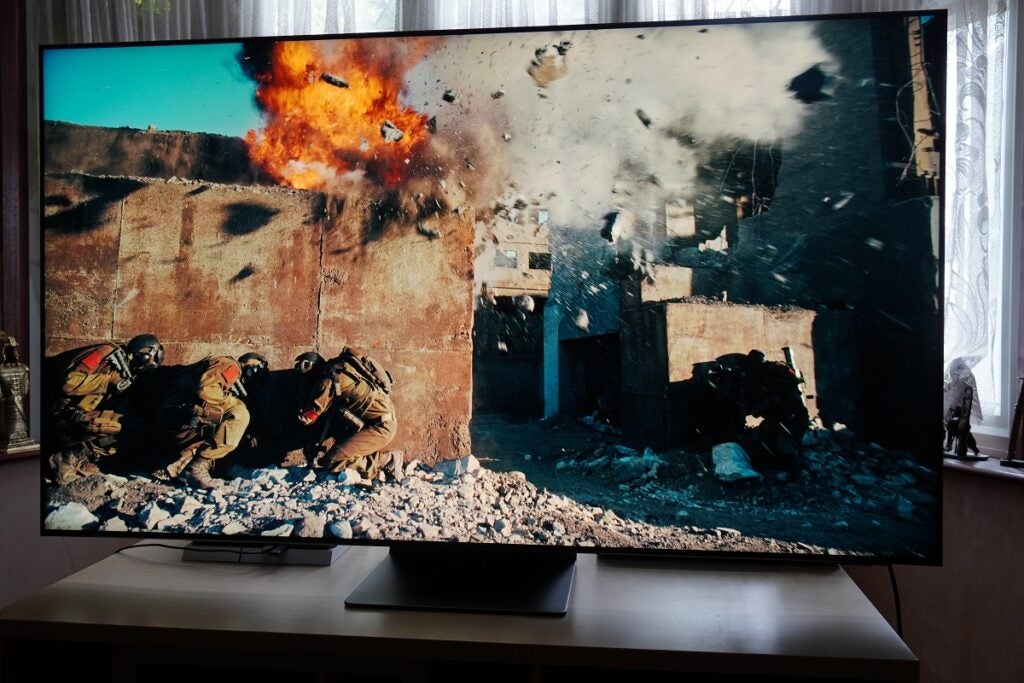
Mini LED is another derivation of LED LCD panels, employing smaller-sized LEDs that can emit more light than standard versions, increasing brightness output of the TV. And as they are smaller, more can be fitted into a screen, leading to greater control over brightness and contrast. This type of TV is becoming more popular, though in the UK and Europe it’s still relatively expensive. You can read more about Mini LED and its advantages in our explainer.
OLED, meanwhile, hasn’t stood still either. LG is the biggest manufacturer of large-sized OLED panels and has produced panels branded as evo OLED that are brighter than older versions. It uses a different material for its blue OLED material layer within the panel (deuterium), which can last for longer and can have more electrical current passed through it, increasing the brightness of the screen, and elevating the colour volume (range of colours it can display).

Another development is the eagerly anticipated QD-OLED. This display technology merges Quantum Dot backlights with an OLED panel, increasing the brightness, colour accuracy and volume, while retaining OLED’s perfect blacks, infinite contrast and potentially even wider viewing angles, so viewers can spread out anywhere in a room and see pretty much the same image. Samsung and Sony are the two companies launching QD-OLED TVs in 2022.
And for smartphones there’s been a move towards AMOLED (Active-Matrix Organic Light Emitting Diode) screens for Android screens, while Apple has moved towards OLED for its smartphones and tried Mini LED with its iPad Pro. Technologies are consistently evolving with Super and Dynamic AMOLED versions available, more performance is being eked out.

Which is better?
In years past we would have said that LCD is better than OLED in terms of sheer numbers, but we’re no longer certain that still holds true.
While LED LCD has been around for much longer and is cheaper to make, manufacturers are beginning to move away from it, at least in the sense of the ‘standard’ LCD LED displays, opting to explore the likes of Mini LED and Quantum Dot variations.
OLED has gained momentum and become cheaper, with prices dipping well below the £1000 price point. OLED is much better than LED LCD at handling darkness and lighting precision, and offers much wider viewing angles, which is great for when large groups of people are watching TV. Refresh rates and motion processing are also better with OLED though there is the spectre of image retention.
If you’re dealing with a limited budget, whether you’re buying a phone, a monitor, a laptop or a TV, you’ll almost certainly end up with an LCD-based screen. OLED, meanwhile, incurs more of a premium but is getting cheaper, appearing in handheld gaming devices, laptops, some of the best smartphones as well as TVs
Which is better? Even if you eliminate money from the equation, it really comes down to personal taste. Neither OLED nor LCD LED is perfect. Some extol OLED’s skill in handling darkness, and its lighting precision. Others prefer LCD’s ability to go brighter and maintain colours at bright levels.
How do you decide? Stop reading this and go to a shop to check it out for yourself. While a shop floor isn’t the best environment in which to evaluate ultimate picture quality, it will at least provide an opportunity for you to realise your priorities. Whether you choose to side with LCD or OLED, you can take comfort in the fact that both technologies have matured considerably, making this is a safe time to invest.


